In the desert I find a garden of sculptures. They are made from sheets of metal, bent and twisted segments riveted or welded together. Though stained red-brown with rust and marred with dents and holes, they are in surprisingly good condition; the dry desert air has preserved the metal, though the wind has blown sand over some of them.
Scattered across several acres, the statues depict people, animals, creatures that are long dead or never existed at all. A dragon rears high with a roar, spreading its single remaining wing. Hungry wolves surround a frightened deer who tosses his antlered head as they close in for the kill. A man bends over, holding out some unidentifiable object to an eager dog. Two people embrace, holding each other close and tight as the wind wears away their faces and piles sand around their legs. A scorpion as big as a car raises its pincers in warning, while nearby a mammoth wraps its trunk protectively around its child.
The garden of sculptures must represent a lifetime of work. Dozens of metal creations decorate the desert. Dragons and gryphons, giant snakes and mountain goats, mammoths and saber-tooth tigers and velociraptors. A knight on horseback and a trio of miners. A woman with a child. Three pigs and the big bad wolf.
As I walk eastward along the road, I slowly travel back in time. The works grow smaller, cruder. They lack the life of their fellows to the west; their poses are stiff and unnatural, their forms less detailed, their bodies less skillfully constructed. Many are missing pieces, a patchwork of emptiness where panels have been ripped away to reveal the hollow darkness within. Others have fallen over, their supports failing, the ground eroded out from under their feet. The easternmost one of all is nothing but scattered pieces. Feet, crudely hammered into shape, tipped to one side but still held in place by stakes driven deep into the ground. What might be a hand, a crude mitten that lacks individual fingers. The vague shape of a head a few feet away, its expression unreadable, the hollows of its eyes staring sightlessly at the empty sky.
I have no knowledge of these sculptures. Not one of the people whose memories Dr. Garcon recorded had ever been to or heard of this place. The road that passes through here is a narrow one, leading from nowhere to nowhere. And yet someone cared about this place. They saw this flat expanse of desert, of hard dirt and blowing sand, scattered with cactuses and dry gray-brown bushes, and chose to fill it with their art.
What were they thinking, as they shaped the metal, connected the pieces with welds and rivets, hammered the stabilizing stakes into the ground? Did they see this empty, barren stretch of road and wanted to make it beautiful? Were they ashamed of their art, and put it here to hide it as much as display it? Did they simply look for a place to leave their creations unnoticed and unmolested? Did they hope, for some unknowable reason, to draw people to return to this forgotten plot of land?
I will never know. Perhaps no one but the artist themself ever knew, perhaps the story behind this place has simply been lost to time. But I enjoy the way the wind whistles through this garden of living metal, and I think about it often in the days that follow.

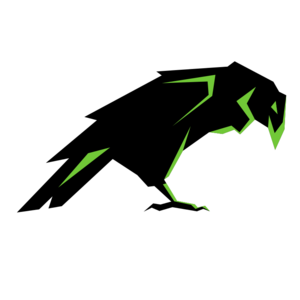
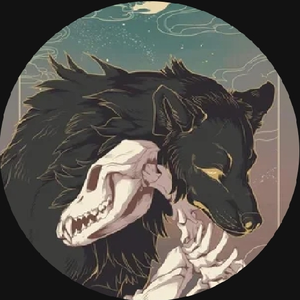
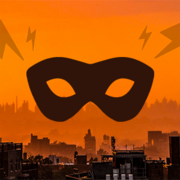

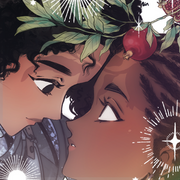
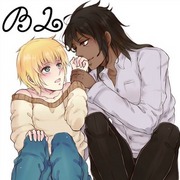

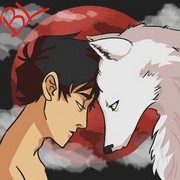
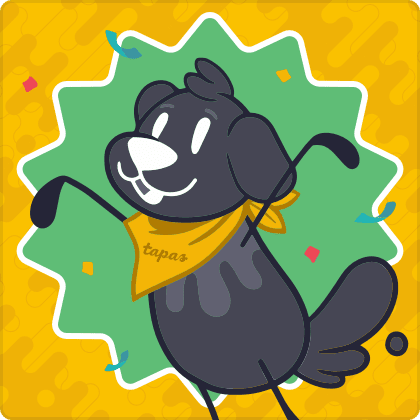
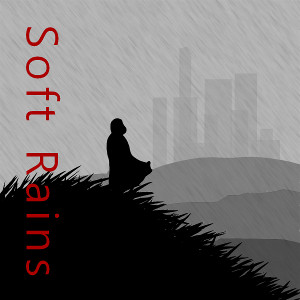
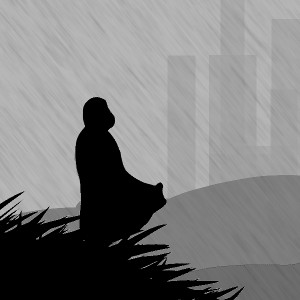
Comments (1)
See all